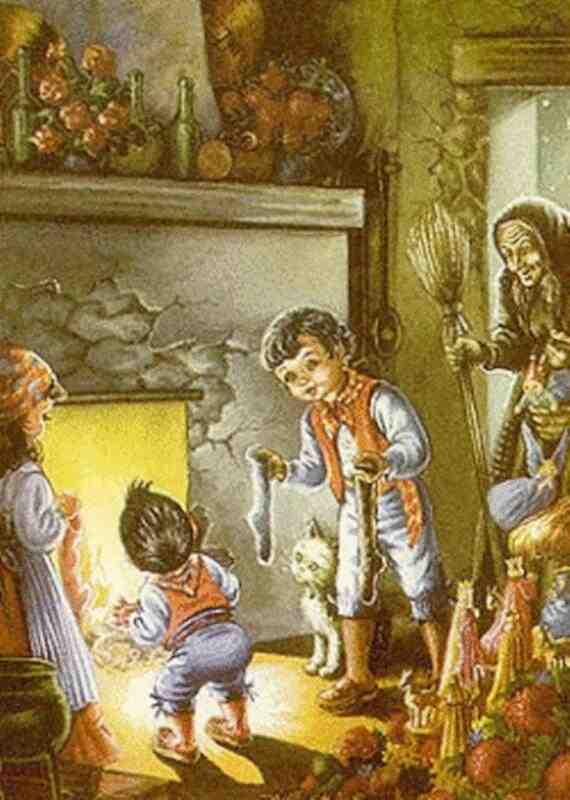
Figure 1.--Here is a depiction of "The Befana" a beloved Italian tradition. The Befana takes on the duties of St. Nicholas and Santa in other countries. |


|
The popularity of the Nativity scene, one of the most beloved and enduring symbols of the holiday season, originated in Italy. St. Francis of Assisi asked a man named Giovanni Vellita of the village of Greccio to create a manger scene. St. Francis performed mass in front of this early Nativity scene, which inspired awe and devotion in all who saw it. The creation of the figures or pastori became an entire genre of folk art. A Christmas tradition espexcially loved by children is the the "Befana". This is a character in Italian folklore, similar to Santa Claus. Her name derives from the festival of Epiphany, and she visits all the children of Italy on the night of 5 January / 6 January to fill their socks with candy if they are good or a lump of coal if they are bad. We do not yet have any detailed information on clothes worn by Italian boys for Christmas. We do note that many stores offer holiday outfits for children.
The popularity of the Nativity scene, one of the most beloved and enduring symbols of the holiday season, originated in Italy. St. Francis of Assisi asked a man named Giovanni Vellita of the village of Greccio to create a manger scene. St. Francis performed mass in front of this early Nativity scene, which inspired awe and devotion in all who saw it. The creation of the figures or pastori became an entire genre of folk art. The creche scenes sponsored by churches and the nativity scenes Americans like to put under their trees all had this origin. Before Christmas trees became almost universally popular, people in southern Europe would have nativity scenes as the center piece for the family Christmas, An Italin reader tells us, "The nativity scene tradition is especiall important in Naples. During the 18th century, many artistic cribs were made in Naples. Usually the images were clothed as the people at the time, so they are a useful source on 18th century Neapolitan clothing."
In Rome, cannon are fired from Castel St. Angelo, in the middle of Rome, on Christmas Eve to announce the beginning of the holiday season. A 24-hour fast ends with an elaborate Christmas feast. Small presents are drawn from the Urn of Fate.
The main exchange of gifts takes place on January 6, the feast of the Epiphany, the celebration in remembrance of the Magi's visit to the Christ Child. Children anxiously await a visit from La Befana who brings gifts for the good and punishment for the bad.
A Christmas tradition espexcially loved by children is the the "Befana". This is a character in Italian folklore, similar to Santa Claus. According to legend, the three wise men stopped during their journey and asked an old woman for food and shelter. She refused them and they continued on their way. Within a few hours the woman had a change of heart but the Magi were long gone. La Befana, which means Epiphany, still wonders the earth searching for the Christ Child. Her name derives from the festival of Epiphany, and she visits all the children of Italy on the night of 5 January / 6 January to fill their socks with candy if they are good or a lump of coal if they are bad. In some regions the child's family leaves a small glass of wine and a plate with a few morsels of food for the Befana. She is depicted in various ways: as a fairy queen, a crone, or a witch, but is usually portrayed as an old lady riding a broomstick through the air wearing a black shawl and is covered in soot because she enters the children's houses through the chimney. Unlike a witch though, she is often smiling and she has a bag or a hamper filled with candy and gifts. Legend has it that the Befana was approached by the wise men some days before Christ's birth. They asked for directions to where the Christ Child was but she didn't know where the Christ Child was born. They invited her to join them on the journey to find the Christ Child, but she declined. Later, the Befana had a change of heart, and tried to search out for the wise men and the Christ child. That night she was not able to find them, so to this day, the Befana is searching for the Christ child. She leaves all the good children toys and candy, while the bad children get coal. Traditionally children hang the socks to fireplace.
The main Christmas meals vary from region to region. A general menu would feature capitone, roasted, baked or fried female eel for the meatless Christmas Eve dinner, the pranzo delta vigilia; Christmas dinner might consist of tortellini, a capon and a variety of cakes. On Christmas Eve the children would present their parents with their Christmas letter, best wishes and promises to be good printed in their best hand on ornate stationery.
We do not yet have any detailed information on clothes worn by Italian boys for Christmas. We do note that many stores offer holiday outfits for children. We have some information onthe outfits offeredby one Italian botique in 2002.
Navigate the Boys' Historical Clothing Web holiday pages:
[Return to the Main European Christmas page]
[Return to the Main Italian holiday page]
[Return to the Main national Chrisrtmas page]
[Return to the Main holiday page]
[New Years]
[Valetines]
[St. Patrick's Day]
[Easter]
[Fourth of July]
[Haloween]
[Thanksgiving]
[Christmas]
Navigate the Boys' Historical Clothing Web Site:
[About Us]
[Introduction]
[Activities]
[Biographies]
[Chronology]
[Cloth and textiles]
[Garments]
[Countries]
[Topics]
[Bibliographies]
[Contributions]
[FAQs]
[Glossaries]
[Images]
[Links]
[Registration]
[Search]
[Tools]
[Boys' Clothing Home]
